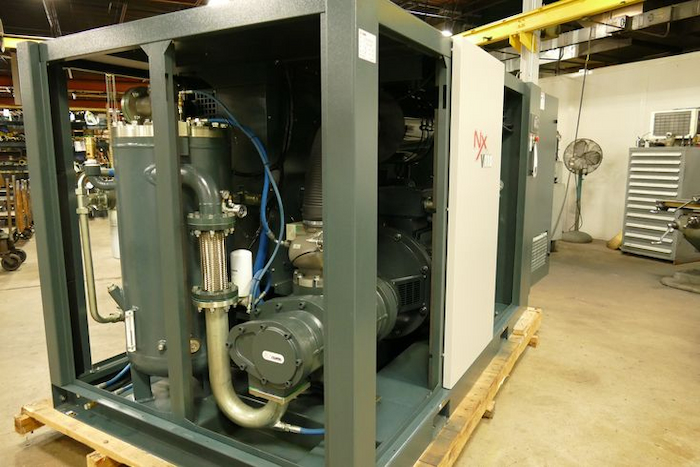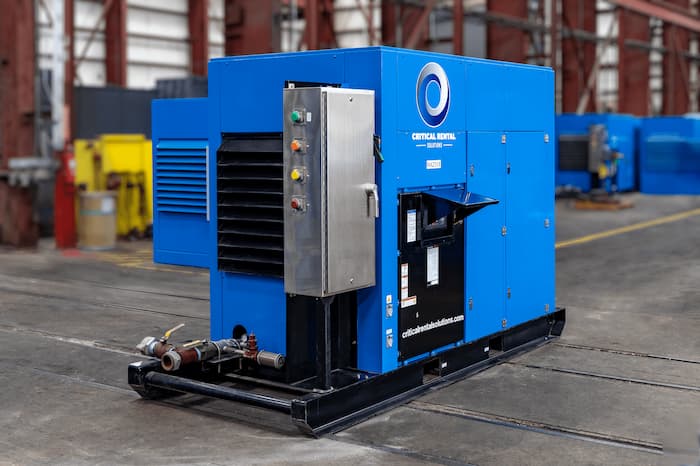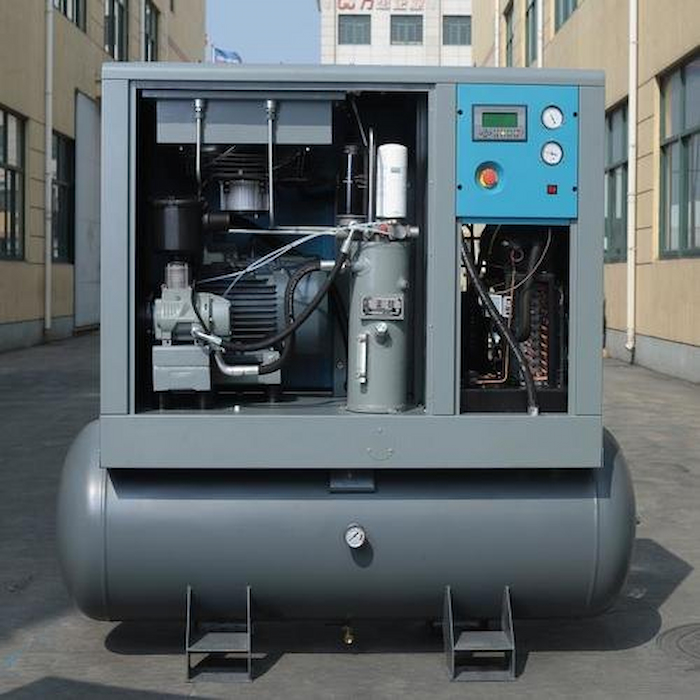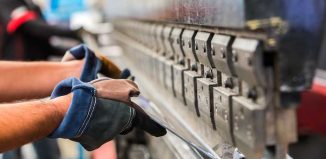Air compressors are indispensable tools used in a wide range of industries as well as home applications. One type of compressor that most people aren’t familiar with, yet are one of the best in terms of performance are rotary screw air compressors. These compressors operate by trapping the air between 2 meshed rotors, reducing the air volume as it goes through the rotors. As a result of this reduction in volume, you get compressed air, which is then used to inflate tyres, power tools, and many other applications.
Rotary Screw Compressor Basics

Source: everythingvintage.com.au
When most people imagine an air compressor, the image that pops into their heads is that of piston air compressors, more commonly known as reciprocating compressors. These compressors use pistons to push the air into a smaller area, compress it and store it in an air receiver tank. These compressors have been around for quite a while and are relatively inexpensive.
On the other hand, rotary screw air compressors are a newer, more improved type of air compressors. They’re costlier than conventional compressors, but provide many benefits that make them the go-to choice for van fleet managers and service trucks around the country.
Oil-Injected vs Oil-Free Rotary Compressors
Compressors used on vans and trucks are oil-injected, meaning they need oil to lubricate and seal the rotors. This allows the rotor to make high pressure fast and compress air in one stage. The oil is separated from the air before the air leaves the system, and is recycled into the rotor to be used again. Oil-injected compressors allow the system to consistently provide high PSI and CFM.
Oil-free compressors, on the other hand, are commonly used in medical, production and industrial applications where oil can’t enter the airflow, such as medical oxygen or food packaging. These models are more expensive, as they need two stages of compression to achieve the same pressures as oil-injected compressors. So, businesses only use these compressors if they absolutely need to, so they aren’t found on vehicles.
Benefits of Rotary Air Compressors

Source: criticalrentalsolutions.com
As aforementioned, these air compressors provide many benefits, making them ideal for both mobile and standalone applications. That being said, you’ll find them on vehicles, trailers, as well as in medical, production and industrial applications, where high-quality equipment is an absolute must. Some of the benefits these compressors provide over conventional compressors include:
- 100% duty cycle
- Higher CFM per HP
- Larger quantities of air
- Better warranty
- Longer lifespan
- Quiet operation
- Energy efficient
Most people, especially those running a business and professional contractors prefer rotary air compressors due to their reliability, longevity, and access to instant compressed air. Since they run with a 100% duty cycle, you don’t have to wait for the air tank to fill up before you can use them. These are the most popular benefits of rotary air compressors.
Moreover, many business owners appreciated the limited lifetime warranties that come with them. These warranties are available, as rotary screw compressors are proven to stand the test of time of modern service trucks. This makes them a hassle-free, drama-free solution.
Disadvantages of Rotary Air Compressors
Even though rotary air compressors provide a range of benefits over conventional compressors, they’re not suitable for everyone. Their main disadvantages are their upfront cost, and the need for skilled maintenance. As aforementioned, these compressors are for professionals and facilities that require high-performing compressors. As far as maintenance goes, they require regular servicing to keep them in proper working shape. And while every type of compressor requires some form of servicing, the expertise required for rotary air compressors is higher, as they feature complex rotary screw systems.
Key Components

Source: everythingvintage.com.au
There are quite a few parts that make up an air compressor, but the most important part is the air-end in the rotors. This is where the air is compressed. Air goes through an inlet valve, where it’s mixed with oil while getting compressed. The oil is then separated from the air before it leaves the system. While the air-end is where the compression of air occurs, there are other components that are needed to make the compressor work.
The air filter, for instance, plays a huge role in how long your compressor lasts, as the quality of air that goes into the compressor can affect it greatly. The air filter is generally mounted on the compressor, and cool, clean air is always preferable.
There are also separator tanks. When the compressed air leaves the air-end, it’s mixed with compressor oil. The mixture goes into the primary separator tank, where the first steps of the separation process happen. The primary separation is done using mechanical separation and centrifugal force. However, the air leaving the primary separation tank is almost oil-free. The remaining oil is separated into the secondary separation tank with the help of a coalescing filter. This filter features a membrane material that collects the remaining particles and circulates the oil back into the main oiling system.











